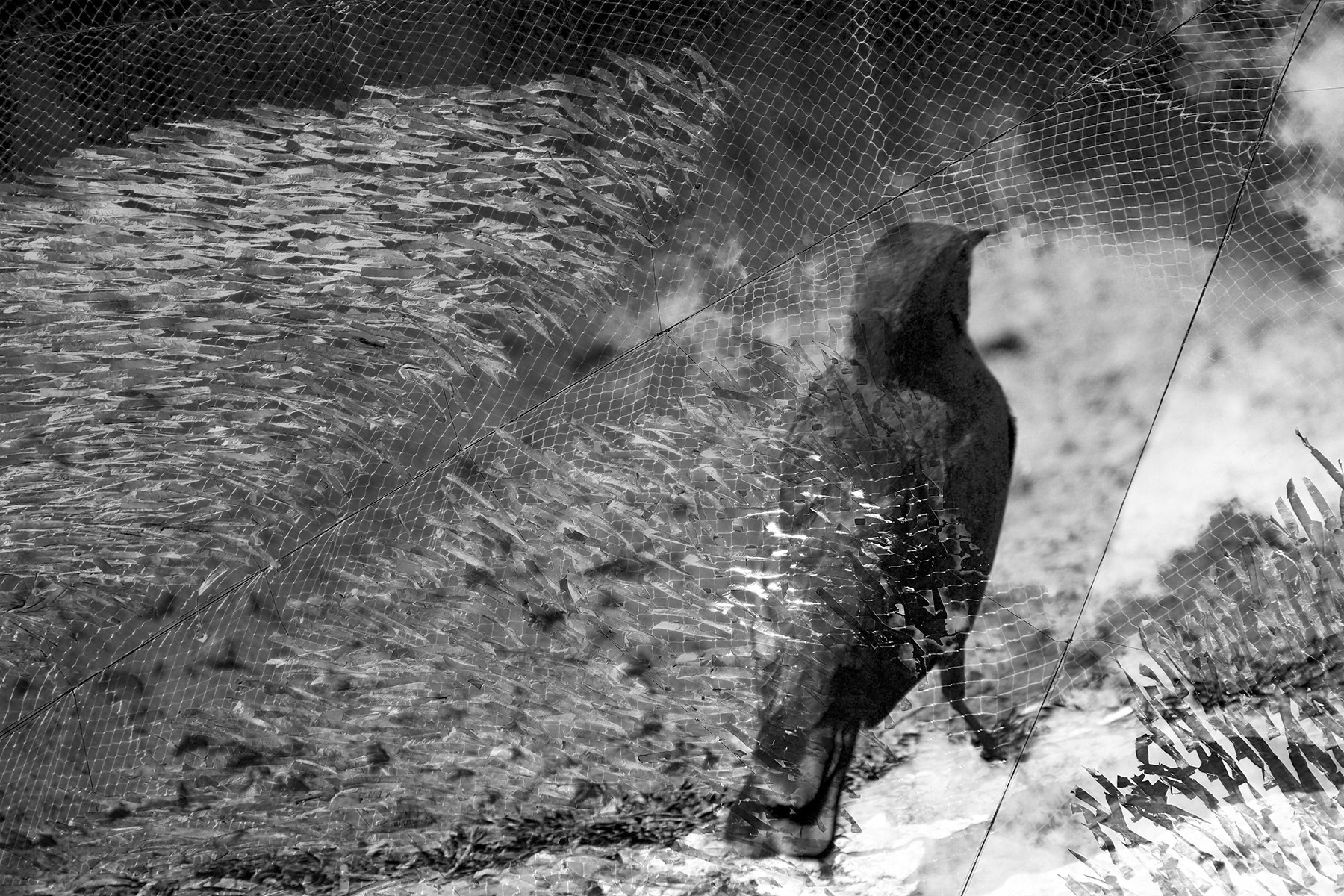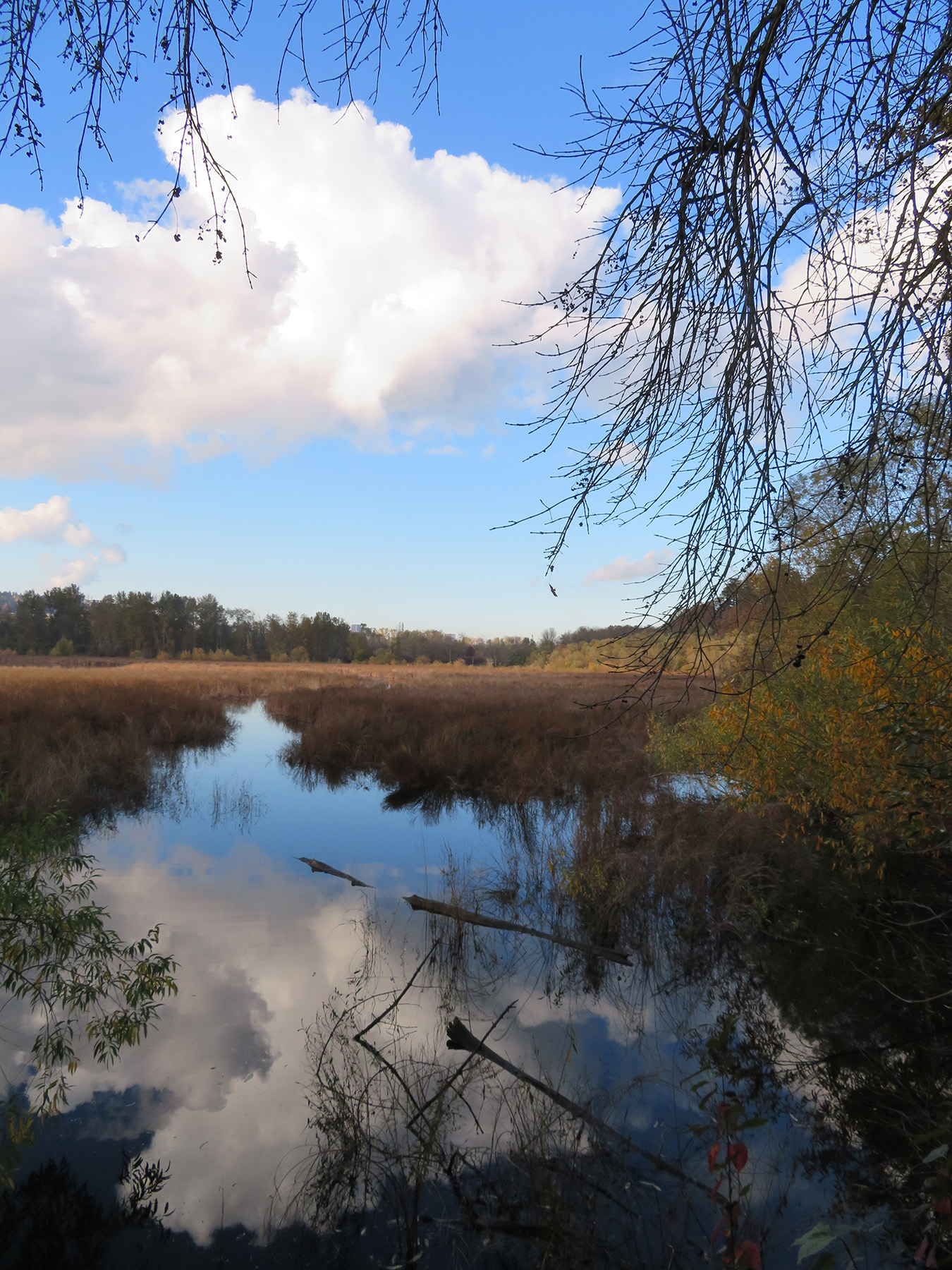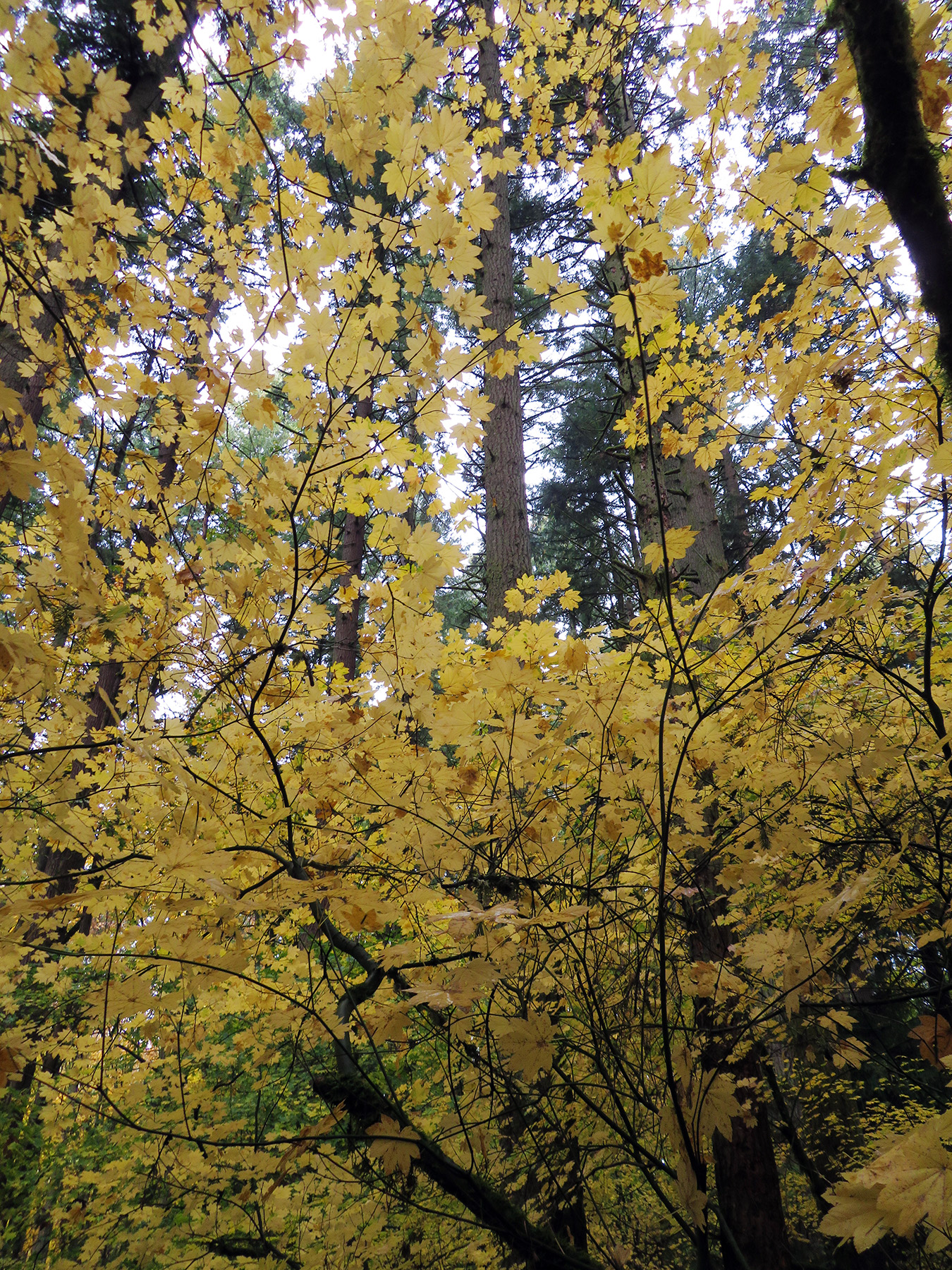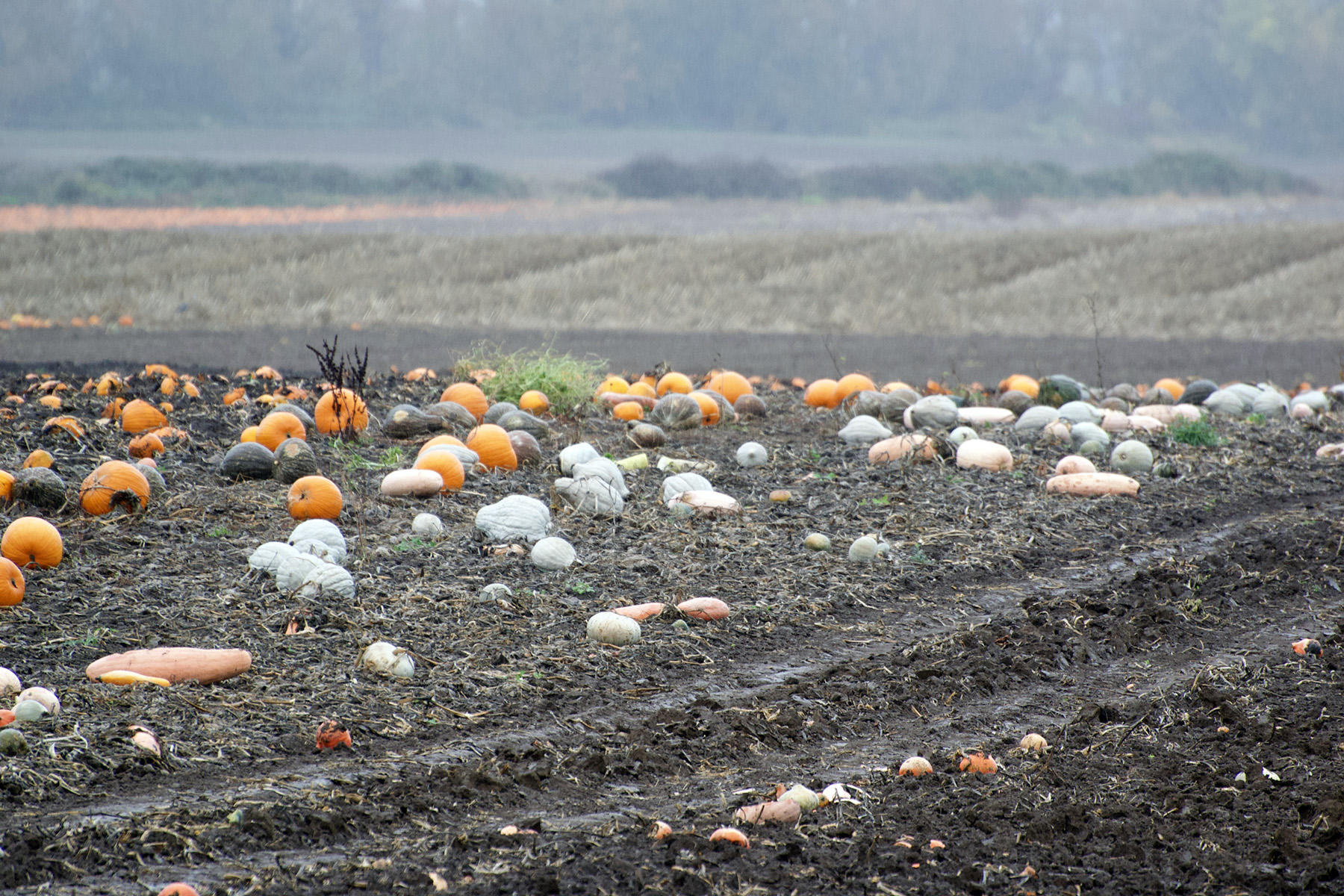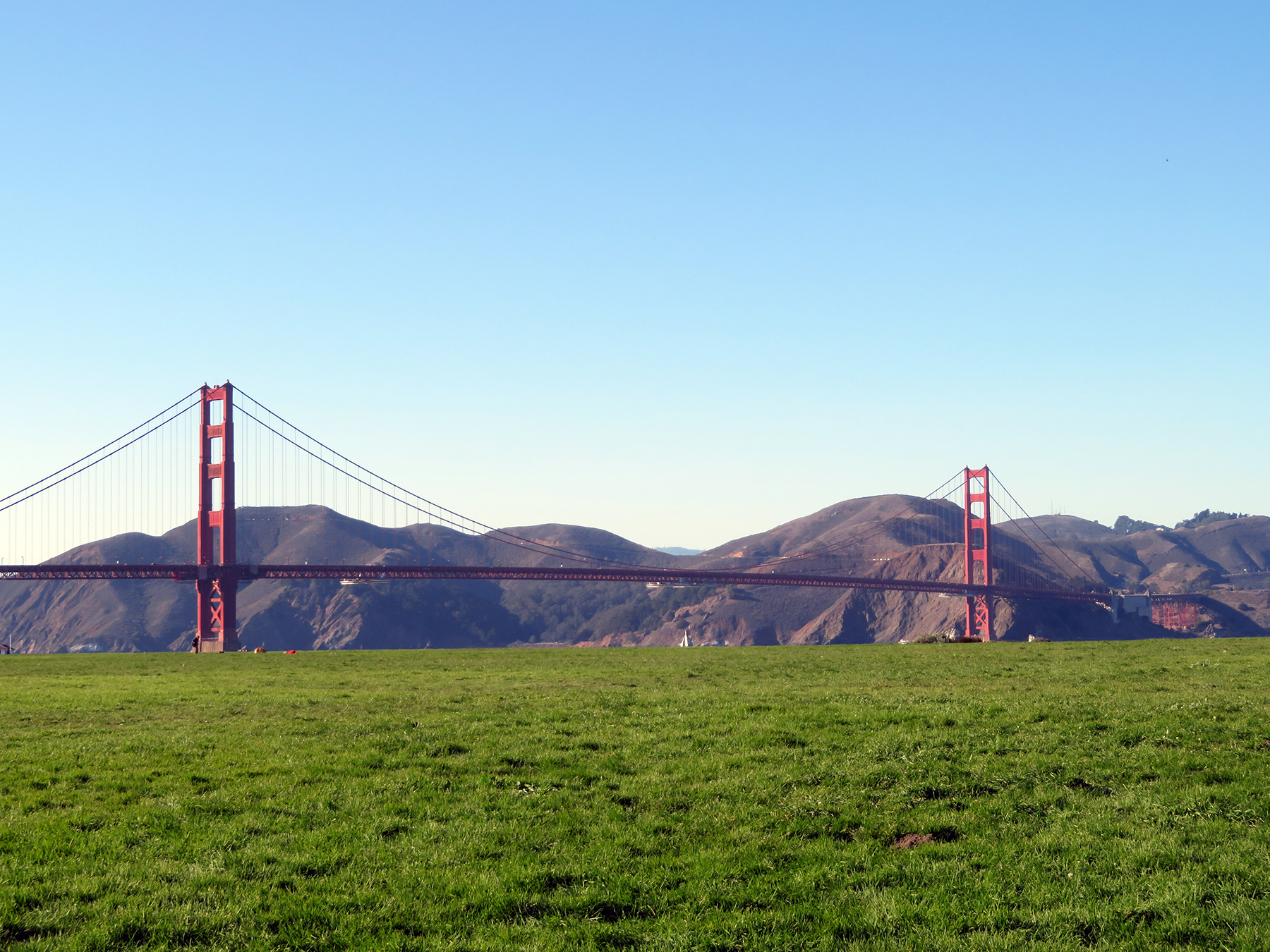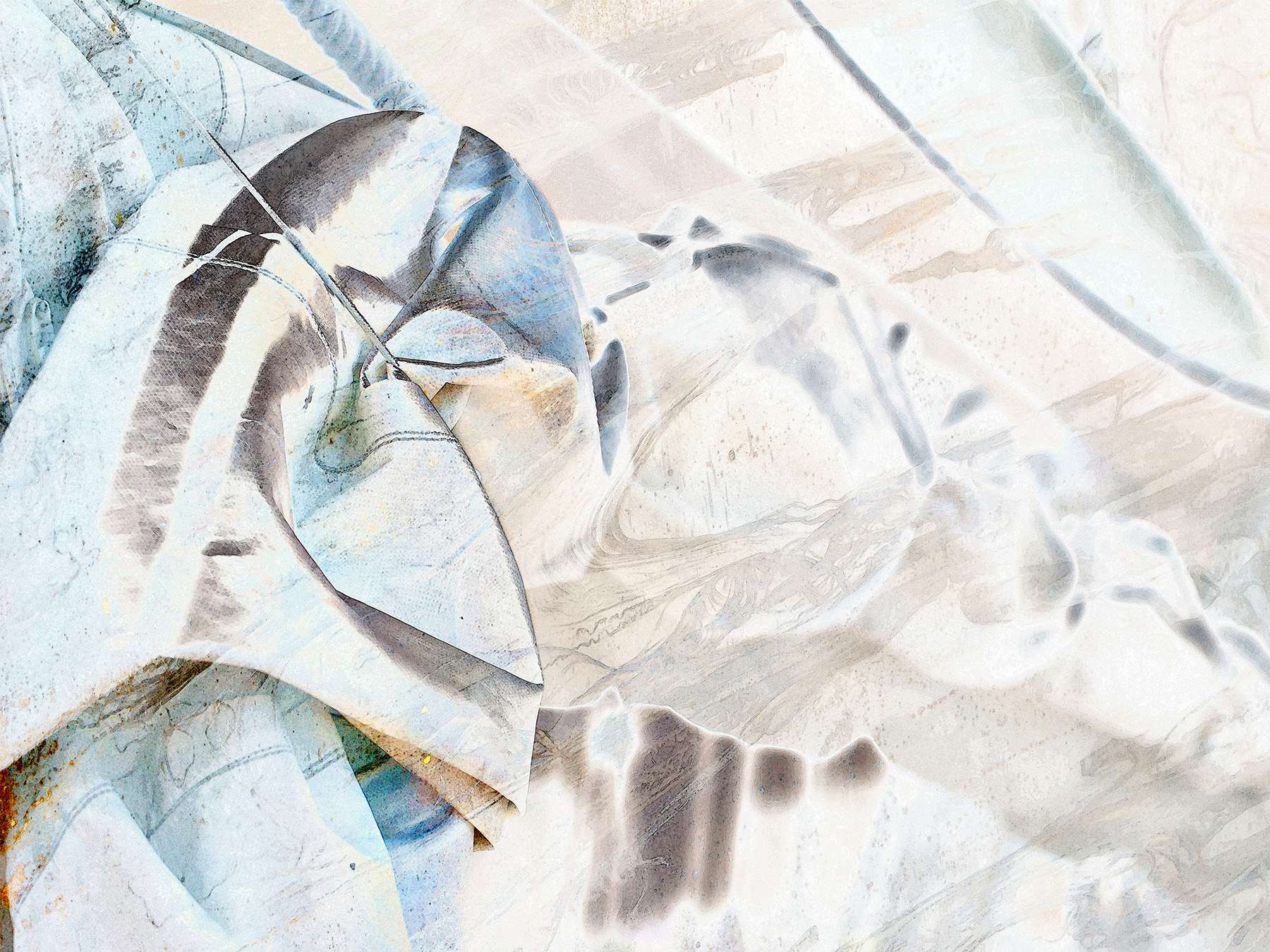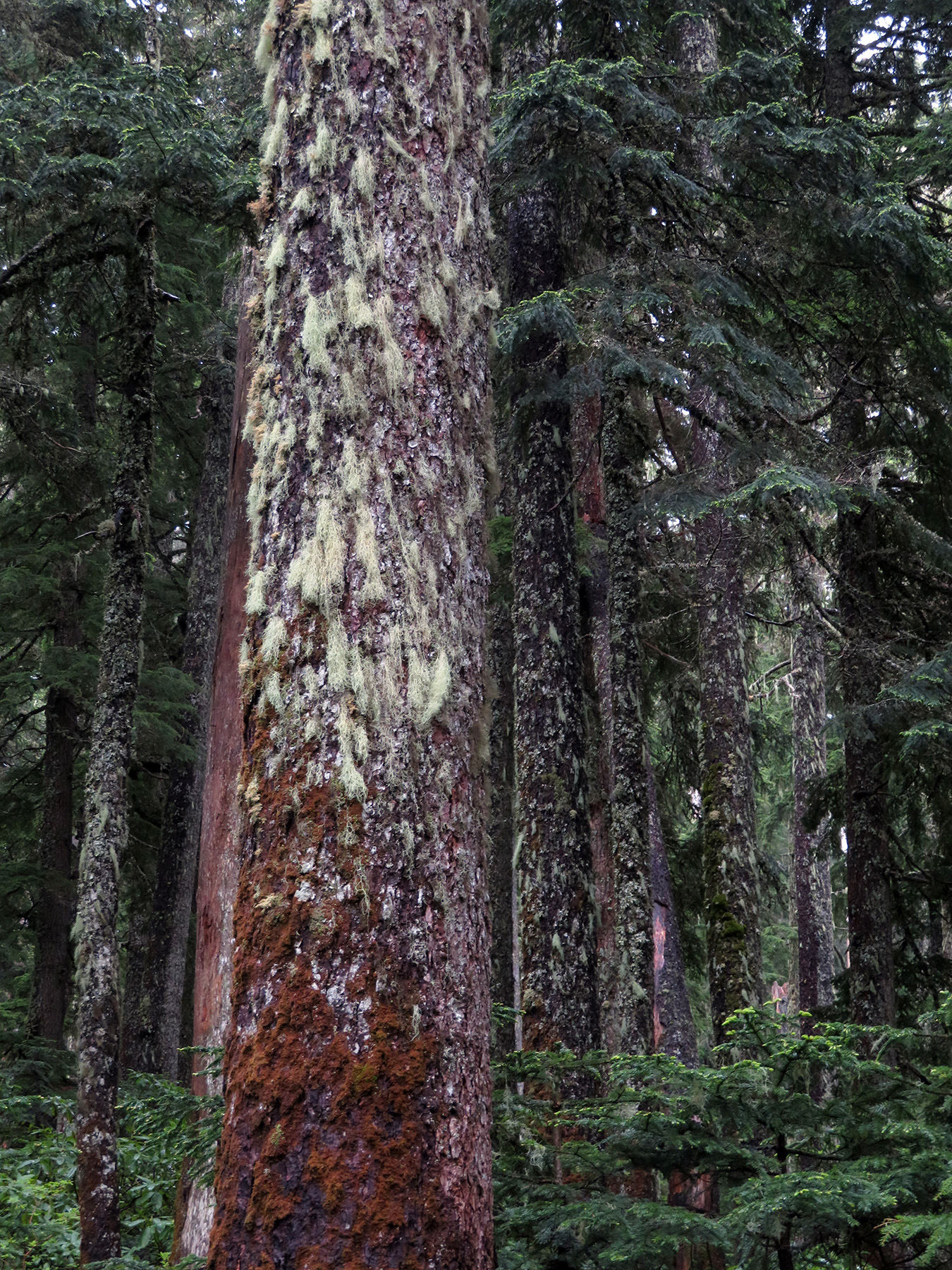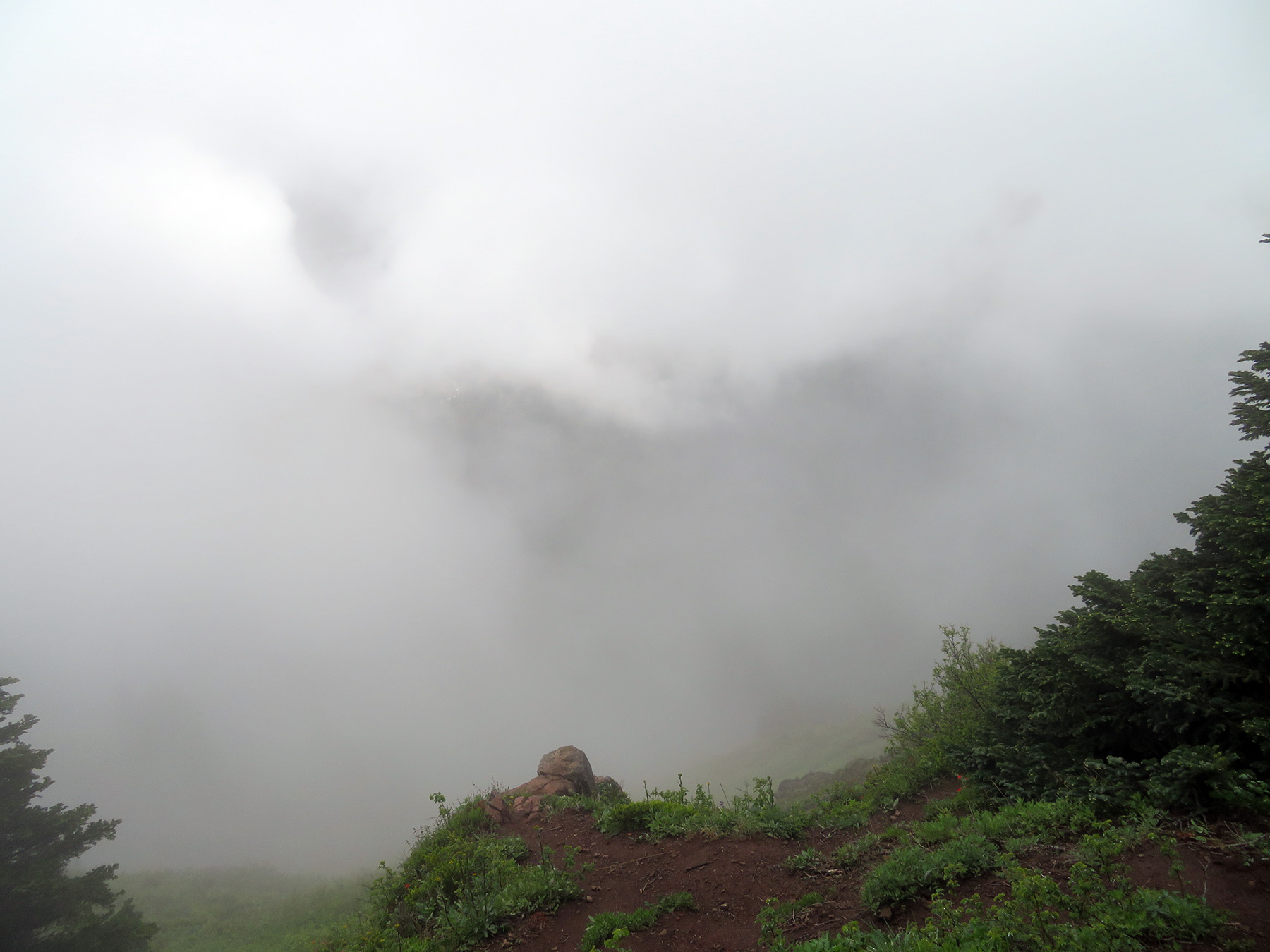I have been working on a project that, once again, tries to express the feelings associated with our current predicament: longing for freedom of movement and togetherness with others while being forced into spatial isolation. (I wrote about my last one along those lines here.)

The most recent exploration was initiated by watching a clip about those eerie kinetic artists, starlings, swooping through air in energetic and coordinated murmurations. The freedom of movement combined with a sense of communal action seemed like the perfect symbol for all that we deprived of right now during (in)voluntary quarantine due to Covid-19.

Artists have, of course, taken an interest in starlings for centuries. A contemporary one is photographer Søren Solkær who has observed the flights for many years now and published the images in a series called Black Sun. It’s worth clicking on the link below (Colossal) to see a spread of what he captured, some etherial beauty of stark landscapes in addition to the murmurations.

This project has taken me back to the landscape of my childhood and youth in the marshlands of Southern Denmark. A place where as many as one million starlings gather in the spring and fall, prior to onwards migration, and set the stage for one of nature’s most spectacular phenomena. As the countless birds congregate in large murmurations before collectively settling in the reeds at dusk they put on an incredible show of collaboration and performance skills. And now and then, by the added drama of attacking birds of prey, the flock will unfold a breathtaking and veritable ballet of life or death. The starlings move as one unified organism that vigorously opposes any outside threat. A strong visual expression is created – like that of an ink drawing or a calligraphic brush stroke – asserting itself against the sky. Shapes and black lines of condensation form within the swarm, resembling waves of interference or mathematical abstractions written across the horizon. At times the flock seems to possess the cohesive power of super fluids, changing shape in an endless flux: From geometric to organic, from solid to fluid, from matter to ethereal, from reality to dream – an exchange in which real time ceases to exist and mythical time pervades. This is the moment I have attempted to capture – a fragment of eternity.


One of my favorite paintings of a young starling is by Dutch painter Jan Mankes (1889 – 1920) who, come to think of it, deserves his own YDP one of these days.

Starlings are often snared – they are perceived as a nuisance when they descend in great numbers onto cities, Rome being a case in point, where 5 million of them spend the entire winter before flying to Scandinavia to nest in spring. The city, no longer allowing nets, now has taken to releasing falcons to hunt them and places loudspeaker with starling distress calls and calls by other predatory birds near their roosting sites. Why such efforts, you wonder? In one word: Poopocalypse….. More than a nuisance are starlings at airports, endangering safety when they get caught in the jets of planes – Seattle’s airport SEA TAC catches over a thousand each year.

In any case, I had to combine, for my own Covid response purposes in my montages, a sense of being snared with a sense of symbolic murmuration. You tell me if the sentiment is adequately captured.

Music today is in honor of Mozart’s starling – a bird he held as a pet. Details on that in an interesting interview here. Apparently Mozart’s piece Musical Joke was part of their collaboration….

“Mozart’s Musical Joke was completed very shortly after his starling died in 1787. And I’m not the first to make the connection between this starling and this piece of music. That was Meredith West in a 1990 piece for American Scientist magazine [co-written with Andrew King]. She noticed that musicians hated this piece because it made them sound really bad — a lot of disharmony, fractured phrases, very odd key changes. Finally, she noticed that if you overlaid some of the most disconcerting parts over the song of a starling, there are a lot of similarities. You find the same kind of fractured phrases and general playfulness.”

